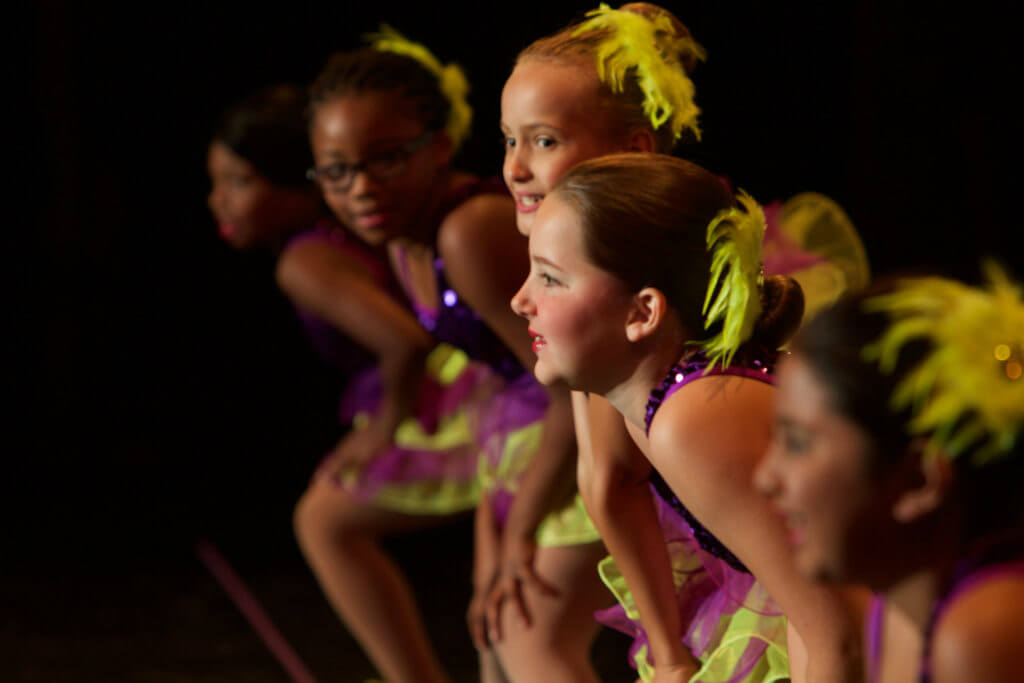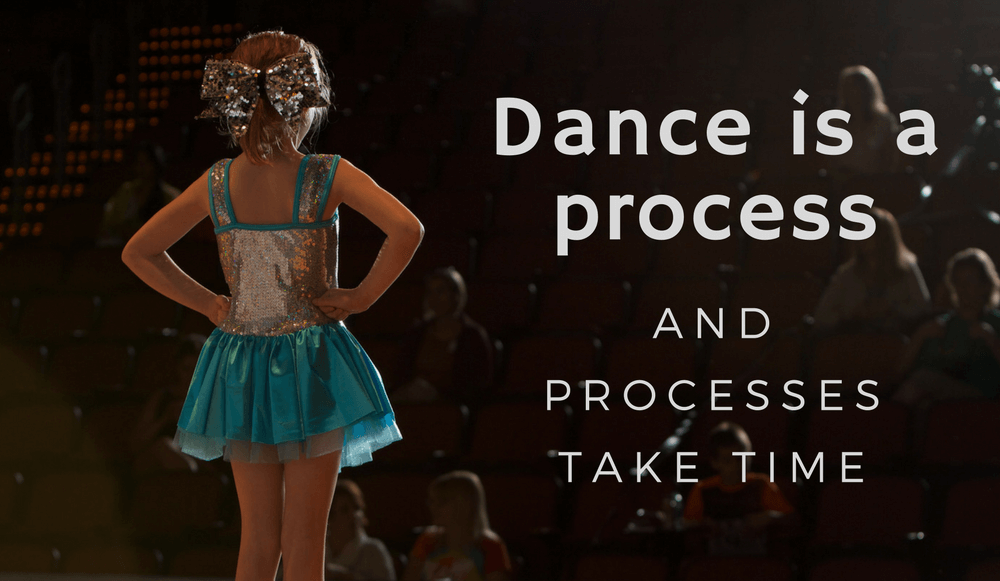A few months back, I was speaking with the mother of one of our students after a performance, and we were going over the experience. In our discussion, she mentioned the Matheny Manifesto as a contributing factor to how she approaches her daughter’s dance instruction. Her attitude was so positive and refreshing. The trust she placed in my instruction and the studio was inspiring to me and equally humbling. I was curious enough to go look it up and read it for myself.
The Matheny Manifesto is a letter written by Christian, former professional baseball player, and current Cardinals’ manager, Mike Matheny, to his potential little league baseball players and their parents. While not everything he says translates from baseball to dance – most of it does! Parents – there are some challenging thoughts in his letter, and I say that to you as a fellow parent. If you are interested, you should look it up and read the original letter.

I mention the Matheny Manifesto because the beginning of the school year is always an exciting and intense time at the studio. While teachers make class recommendations in the early Spring – we do not get to see our recommendations play out until classes start back up in the Fall. I know those recommendations look like just checkmarks, but believe me – each teacher puts a significant amount of thought and energy into each recommendation. The director looks over every form as well, and there are countless conversations between staff as we strive to get every student’s placement just right.
There are so many things to consider when placing a student. We look at the individual students, as well as the overall program. Sometimes we group students together who move similarly, or maybe they all need to work on one area. By keeping them grouped together, they can all focus on that objective as a group and spend more time on that area than if they were with students who have more staggered objectives. Class size is taken into account and so is age and maturity. Sometimes, our plans work out beautifully. Sometimes, we get to August, and due to unexpected enrollments and schedule changes, we find we need to make a few adjustments. Maybe a dancer took classes over the summer and made significant progress. One of the most rewarding moments is watching a dancer receive the good news that they are ready to move up to the next level. This is only enjoyable when the dancer is truly ready for the next level. In our experience, it has never hurt a student’s progress to spend extra time in a level – it actually seems to help those students grow in confidence more quickly. On the flip side, we have seen it hurt a student’s progress when they are promoted before mastering their current level. Premature promotion can become stressful to the student, making it less fun for them to participate. Dance is supposed to be challenging and enjoyable!
One of the most translatable parts of the Matheny Manifesto is when it discusses the mental aspect of the game. The mental component of dance is huge! In each level, we have students in the learning and mastering phases (see our Placement Philosophy). Both phases are necessary for growth as a dancer
and a person. As a young dancer, I remember the excitement and challenge of adding new steps to my vocabulary in the learning phase. It was not until I was older that I appreciated the mental freedom that comes from being in the mastering phase. In the mastering phase, things do not feel quite so frantic. Information is not overwhelming, and the student can focus on enjoying dance and improving their artistry. It is easy to mistake familiarity as boredom in the mastering phase. The student is able to take in more details and has a mental calmness that can be felt on the inside and seen from the outside. This is a moment that I pray all my students find and is necessary for a breakthrough of any kind. A breakthrough in self-esteem is equally (if not more) valuable than mastering a new dance step, especially in the long term, as this will benefit all students later in life. Standing in front of full-length mirrors, in form-fitting clothes, and surrounded by peers can be daunting enough – we want our students to feel proud and capable in their own skin. Dance is a process and processes take time.
Matheny talks a lot about the relationships between coaches, players, and parents. The word trust is not thrown about lightly. If I could make one appeal to parents and students, it would be to please trust us! We are asking you to trust us to do our very best to figure out what your individual student needs and to try and meet those needs. Do we occasionally make a mistake? Absolutely, and that’s where more trust comes in. Please trust that if we do make a mistake, we will own it and take the appropriate steps to remedy the situation. In general, this is one of many reasons why our studio practices placing students lower at the beginning of the placement process for students who are on the border between levels. It is much easier on the student to be moved up a little later in the year than to be in an unnecessarily stressful class. We also find that it is better to give the teacher time to make a confident, informed decision, especially since we do not move students down unless they request it, or they are in violation of the attendance policy.
As parents, we want our kids to be successful, and many times we think it is our job to know exactly what our children want and need. Sometimes we get it right, and sometimes we do not. I find this happens to me when I am using my definition of success and not my child’s definition of success for a given situation. If their goal is to have fun dancing in a safe environment, and I am disappointed because they did not make it into an elite Ballet school, then it is my expectation that is not being met, not theirs. That does not mean that it is wrong to push your child – each kiddo is different, and it depends on their goals. Discerning what they need can become even more challenging if they are participating in an area that is outside our personal expertise. Rhee Gold, a well-known dance instructor and motivational speaker who speaks to dance teachers around the country, has a recommendation when there is a strong disagreement about level placement. He recommends that the teacher meets with the student and parent together so all three can be on the same page. According to Rhee, when the student is asked if they think they are ready for the next level, they will often say no. We do have procedures in place if the answer is yes, but that is a topic for another time.
The best way to support your child at dance is to help them be prepared, on time for class, and ready to give their best effort for the whole time they are in the studio. Rachel Macy Stafford (Hands Free Mama) wrote a book about her parenting journey, and she talks about the 6 words that changed her relationship for the better with her oldest daughter. Those words were, “I love to watch you (fill in the blank with your child’s passion).” She writes about how that simple phrase takes away some of the extra pressure that can come with a child trying to please their parent(s). Your children receive plenty of appropriate pressure about dance inside the studio from their teachers, peers, and probably themselves. Unconditional love and support is something a parent can uniquely provide.

All of the staff at My King consider it a blessing and a privilege to instruct your children in dance and tumbling. As a staff, we are constantly discussing ways to push our students. Our goal is to help them grow into not only better dancers but more importantly better people. We want our students to leave as young people who feel confident in their faith, as well as their body’s ability to glorify our God.
– Erin Cooper
[mashshare]

